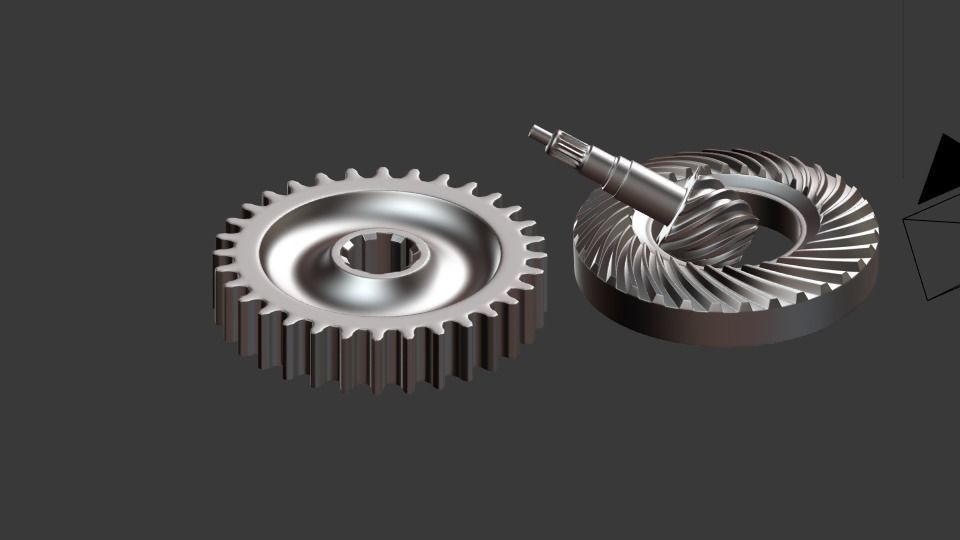

You can expand orĬollapse the nodes of the tree to view the objects. Right-click a Gear condition in the Structure tree Display in the Structure panel that shows you each of the objects in your design. The constraint is added to the components. See Assembly tool, Component group on the Design 2D or 3D model that contains at least one top-level component. In manufacturing, a unit fitted together from manufactured parts. Hold Ctrl and select an edge or face of the two component that you want to define as gears.Ĭlick Gear in the Assembly Hierarchy of components and subcomponents showing relationship within a design, as shown.You need to save it to your disk and change the file extension from ".zip" to ".scdoc"

If you are using the online version of the help, the model will be downloaded as a zip file. Try turning on the anchor constraints in the gray or rose components and then use Move A tool used to translate or rotate geometry. Load GearsExample.scdoc and try it yourself.

Watch the purple buttons on the rose components to see the difference. Then we anchored the rose component that is highlighted and turned the gray component. First we turned the gray component without anchoring it or the rose components. The animated example below shows how anchoring different parts in the assembly affects the behavior of the gears. The Gear tool is enabled when you select appropriate objects that belong to different components. See the printable Assembly constraints reference chart for descriptions of all assembly constraints. Gear conditions can be created between two cylinders, two cones, a cylinder and a plane, or a cone and a plane. The Gear tool constrains two objects so one of the objects rotates in response to the rotation of the other object.


 0 kommentar(er)
0 kommentar(er)
